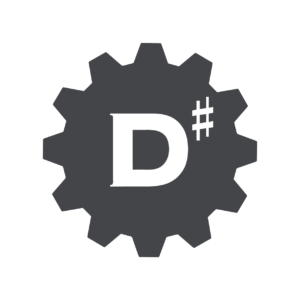I’ve been with DSharp for just over a year now and we have had the time of our lives! During 2022 almost all our company functions have taken a big leap forward. We have gained many new customers and worked on tens of projects with our current customers and partners. The vibe in all business areas has been very good. A new investor committed to our growth and we became a fully independent company! We also hired a new Business Development Lead, Konsta Weber, to take us international.
Overall the interest in our unique way of building low code (or even no code!) data warehouses has been great and is increasing. Our public training courses have been fully booked almost every month and additionally we have given seminars and workshops as well as been leading business modeling projects. Efficient collaboration between management, business representatives and Data professionals is one key to success. Professional services have been record high, we have helped customers and partners with data warehouse architecture, POCs and data warehouse optimization. I’m happy to say that all this has led to having our monthly license revenue doubled during the year!
Our main product, D# Engine, has been receiving well-deserved attention. We published four new versions this year, three of them minor releases and one major release with our first open source target database support, PostgreSQL. Now we are publishing another major version, 4.0! This includes full support for Microsoft Azure Synapse dedicated pool with automatic distribution and index selection. This version concludes our full support for the Microsoft ecosystem, and now we can deploy the data warehouse to an on-premise SQL Server, Azure SQL database (all versions) and Azure Synapse dedicated pool, all based on the same conceptual model. And any migration between these is done just by pressing one button! This is also true for PostgreSQL.
Stay tuned! During 2023 we will continue growing and we have exciting features in the pipeline! Creating, extending and maintaining a data warehouse has never been easier!
I want to thank all of you – customers, partners, developers, everyone – for everything we have done together! Cooperation with all of you has been really good and fun!
I wish you all a Happy New Year and see you next year!
Best regards,
Tero-Matti




